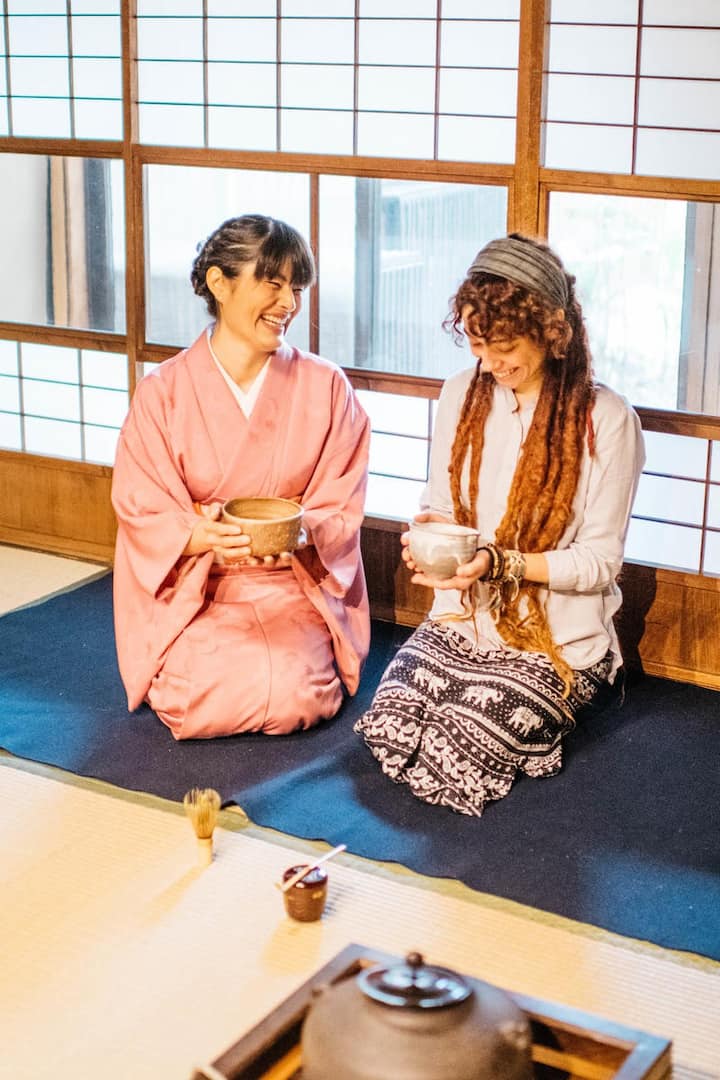Bønnested
Rengeoin Sanjusangendo
549 lokalkjente anbefaler,
Tips fra lokalkjente
This temple is most famous for its long main hall (the longest in Japan!) and the collection of sculptures it houses, including 1001 Thousand-armed Kannon, 28 standing attendants, a statue of Fūjin and a statue of Raijin, and the principal image of the temple, a big seated statue of Thousand-armed Kannon.
Sanjusangendo, officially known as Rengeo-In, is a temple in eastern Kyoto, famous for its 1001 statues of Kannon. The name “Sanjusangendo” comes from the number of intervals between the building’s support columns.
Right next to the Kyoto National Museum, Sanjusangendo is a very unique temple. It is the largest wooden structure in Japan, and is surrounded by a nicely laid walking path amid gardens around its premises. Once you step inside the building, the display of 1000 life-sized Kannon bodhisattvas will wow you. A must see even if it's not 10 minutes of walk away (but it is).
Right next to the Kyoto National Museum, Sanjusangendo is a very unique temple. It is the largest wooden structure in Japan, and is surrounded by a nicely laid walking path amid gardens around its premises. Once you step inside the building, the display of 1000 life-sized Kannon bodhisattvas will wo…
Byōdō-in is the star attraction in the Kyoto suburb of Uji. It's home to one of the loveliest Buddhist structures in Japan: the Hōō-dō hall, which is depicted on the back of the Japanese ¥10 coin. Perched overlooked a serene reflecting pond, this recently refurbished hall is a stunning sight. Paired with a stroll along the banks of the nearby Uji-gawa, this temple makes a good half-day trip out of Kyoto City. This temple was converted from a Fujiwara villa into a Buddhist temple in 1052. The Hōō-dō (Phoenix Hall), the main hall of the temple, was built in 1053 and is the only original building remaining. The phoenix used to be a popular mythical bird in China and was revered by the Japanese as a protector of Buddha. The architecture of the building resembles the shape of the bird and there are two bronze phoenixes perched opposite each other on the roof. The Hōō-dō was originally intended to represent Amida’s heavenly palace in the Pure Land. This building is one of the few extant examples of Heian-period architecture, and its graceful lines make you wish that far more had survived the wars and fires that have plagued Kyoto’s past. Inside the hall is the famous statue of Amida Buddha and 52 bosatsu (Bodhisattvas) dating from the 11th century and attributed to the priest-sculptor Jōchō. Nearby, the Hōmotsukan Treasure House contains the original temple bell and door paintings and the original phoenix roof adornments. Allow about an hour to wander through the grounds.
Byōdō-in is the star attraction in the Kyoto suburb of Uji. It's home to one of the loveliest Buddhist structures in Japan: the Hōō-dō hall, which is depicted on the back of the Japanese ¥10 coin. Perched overlooked a serene reflecting pond, this recently refurbished hall is a stunning sight. Paired…
Unike ting å gjøre i nærområdet
Lokalkjente anbefaler også
Beliggenhet
657 Sanjūsangendōmawari
Kyoto, Kyoto







